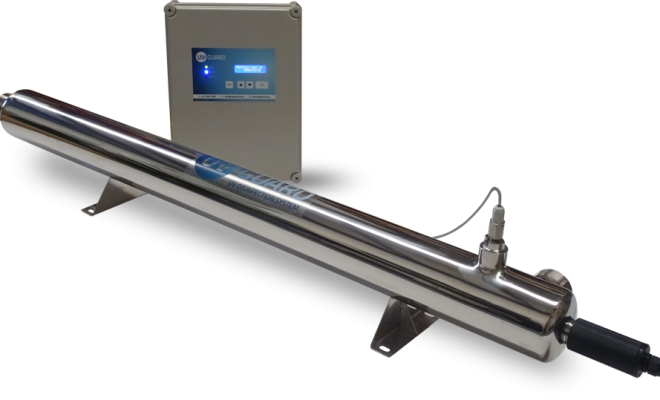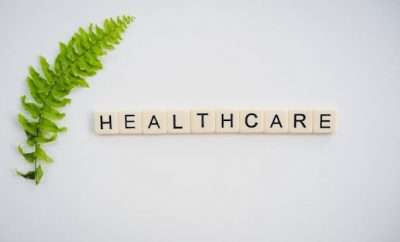
UV Water Treatment: Commercial Applications
UV Water Treatment: Commercial Applications
Most of us are not even aware of the rate at which drinking water is becoming a commodity. Although this is extremely worrying, and we should definitely start paying attention to our behaviour, not all hope is lost. Every day, scientists around the globe are finding new ways to make undrinkable, unsafe water drinkable and safe for human consumption. One such way is UV water treatment in commercial applications. So, science and scientists, we tip our hats to you.
Even though there are numerous ways in which unsafe water can be made safe again. One of the best solutions comes in the form of UV water purifiers made for commercial use. These purifiers are affordable, easy to install and guarantee you safe drinking water whenever you turn on the tap. Listed below are some additional pieces of information you should check out before you opt for this water treatment system.
What does UV disinfection mean?
UV rays are a part of the light we receive from the sun. They are higher in frequency than visible light and lower in frequency than x-rays. When it comes to water treatment. UV rays act as an efficient way to rid the water of any potential germs, viruses and bacteria. However, it’s important to mention that the UV water treatment does not destroy the germs. But rather sterilizes them by directly tampering with their nuclei. Microorganisms found in water have a wavelength range of around 250 nanometers. While the UV rays’ wavelength ranges from 200 to 400 nanometers. Which makes this treatment perfect for disinfecting water. The exact wavelength range that destroys the microorganisms found in water is called UV-C, and it ranges from 100 to 280 nm.
How does it work?
UV rays don’t just affect the microorganisms on a microscopic level. They also destroy them on the molecular level. What does this mean? It means that the energy of UV-C gets absorbed into the very DNA of microorganisms. Thus modifying their core structure and making them either unable to function properly (reproduce, invade, etc.) or destroying them completely.
The dose of UV exposure necessary for this to work is calculated by multiplying the intensity of UV rays with the residence time. To clarify, the common formula for calculating the necessary dose is 1 mJ/cm2 = 1000 mWs/cm2. However, since there are types of microorganisms that are more resilient than others. Doubling the dose applied might be a good idea. By doing so, the destruction potential increases by a factor of 10. Which means that if you double the dose required to destroy 90% of microorganisms it will. In fact, it will destroy up to 99% of them.
Choose the right system
Depending on the amount of water that needs to be purified, there are various systems available. For example, current commercial UV water treatment systems vary depending on the number of GPM (gallons per minute) used and, unlike the home water treatment systems, they have more large-scale uses. Further, they are a much safer option than various chemical water treatments. Which makes them a perfect choice for medical, food and beverage industry.
Know the components
UV water treatment systems are comprised of a stainless-steel capsule that holds at least one (or multiple) UV lamp installed within a quartz sleeve. These sleeves allow the UV rays to penetrate the water but prevent the water from reaching the lamps. This makes this system not only affordable and healthy but also very safe.
The best form of installation
Since these water treatment systems come in many shapes, it’s best to choose a tubular one. because a compact alternative will cost more since it has to be equipped with a stronger UV lamp. Therefore, first measure the entire contraption and leave twice as much room for it. These systems are usually installed vertically which makes lamp and sleeve replacement simpler, but you need to make sure that there’s enough room, to make the job easier.
Scientists nowadays are not just trying to come up with various ways to make the water safe for consumption. They are also trying to make the solutions easily accessible and affordable. Currently, there are a few reliable methods when water purification is concerned. When it comes to clearing the water of microorganisms, however, not a single method works as good as UV water purification.














